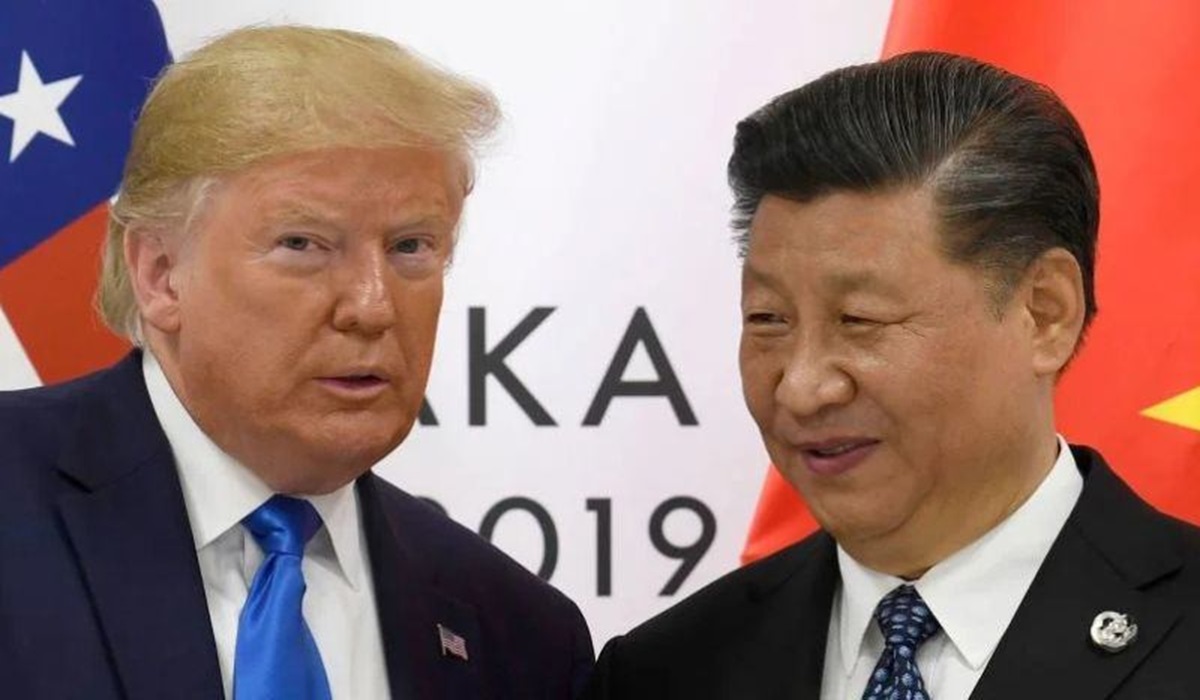As the U.S. Doubles Down on Tariffs, China Quietly Builds the Future
- Naomi Dela Cruz
- Trending News
- Asia
- China
- April 16, 2025

Image Credit: The DPI
While the Trump administration continues to throw economic grenades with its renewed tariff strategy, China is charting a different course—methodical, strategic, and increasingly effective. President Xi Jinping’s ongoing tour of Southeast Asia is not just routine diplomacy—it’s a clear signal that China intends to take full advantage of the United States’ inward collapse and fill the void being left behind.
Xi’s visits to Malaysia, Vietnam, and Cambodia come at a pivotal time. The global economy is shaking under the weight of inflation, supply chain disruptions, and the political volatility that’s only intensified since Trump returned to the White House. In this climate, countries across Southeast Asia are looking for stable partners—ones that can offer infrastructure, financing, and long-term planning. And right now, it’s not the U.S. they’re turning to.
The trade war has backfired. Instead of isolating China, Trump’s economic aggression is accelerating the decoupling that many warned about years ago. But the fallout isn’t just technological or trade-related—it’s monetary. Countries are no longer hiding their interest in moving away from the U.S. dollar, not out of rebellion, but out of necessity. They’re hedging. And the U.S., once the world’s economic anchor, is now seen as unpredictable and transactional.
That’s where China comes in. By offering alternatives through bilateral agreements and Belt and Road projects, it’s filling the vacuum—not with grand speeches or ideological battles, but with deals, roads, rail, and energy. The U.S. shows up with sanctions and tariffs; China shows up with a blueprint.
None of this is about romanticizing China’s intentions. But it is about understanding the moment. The post-Cold War assumption that the U.S. would lead indefinitely is falling apart. Trump’s isolationist doctrine has burned diplomatic capital faster than it can be rebuilt. Washington’s strategy now seems more focused on punishing rivals than building alliances.
Meanwhile, Southeast Asia is evolving into a new political and economic hub—one where influence is no longer guaranteed by legacy, but earned through relevance. Xi’s tour reflects that shift. It’s not about ideology or confrontation; it’s about being present, being consistent, and offering something tangible in a world tired of volatility.
Strategic alliances don’t just happen. They’re built over time by showing up, following through, and offering real value. That’s what this tour is about. And in the long run, it may be remembered not for any single speech or agreement—but for marking the moment when the global center of gravity started to move decisively away from Washington.








